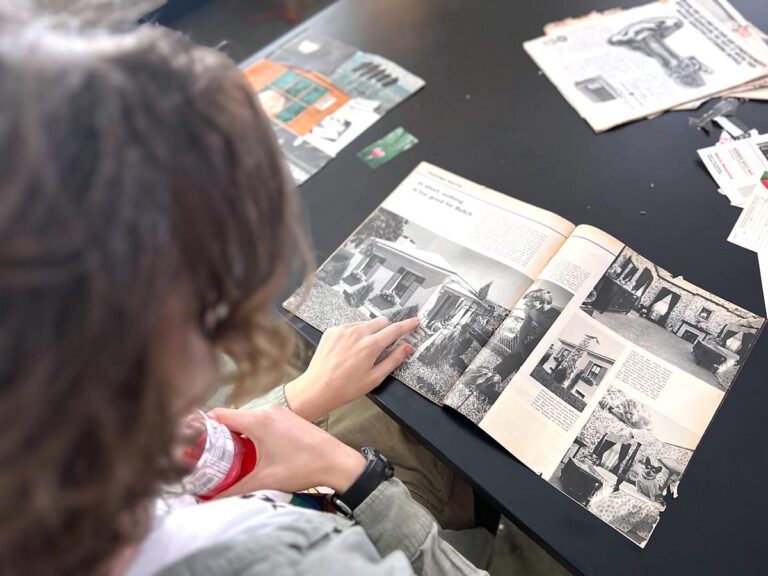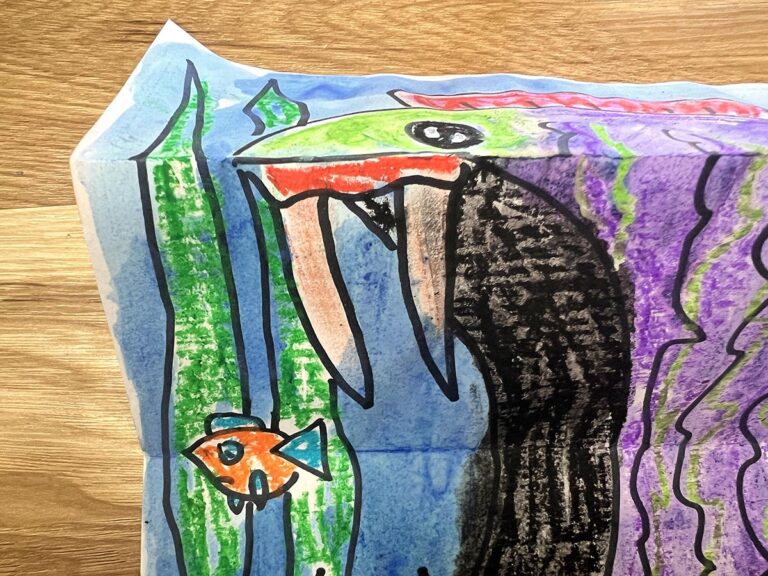Several years ago, over winter break, I made the mistake of making a New Year’s resolution. Even worse, I said I was going to start exercising. So, naturally, I put it off a few more days because, hey, I was on vacation. But sure enough I visited the gym the day before we returned to school. Since all catastrophes come in threes, I paid for that visit for the next few days hobbling around school with sore muscles and joints. It wasn’t until I started going more consistently that my body actually felt stronger, leaner, and my mind more focused and clear.
At the same time in class, I was introducing a new project to my students. As usual, I shared the prompt, and we spent time developing ideas. I was quickly reminded of the struggle to keep students engaged in this part of the process.
I battled their resistance in coming up with more than one idea and challenged them to push further. They swore to me they already knew what they were going to do. I finally realized, my students were creatively “out of shape’ because they only practiced the skill of developing an original idea once every few weeks when we started a new project. I thought about how challenging it is to do something when you’re not used to that behavior. We needed a creativity routine! So that’s exactly what I developed.
What is a creativity routine?
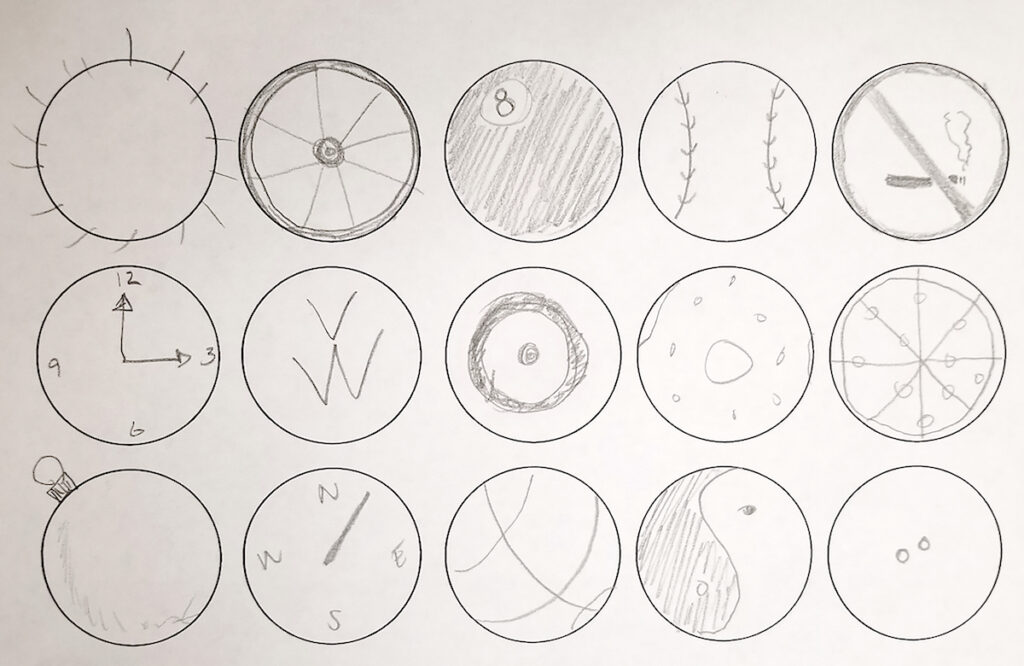
We want our students to be accustomed to thinking of ideas and problem-solving. This is exactly what a creativity routine can do. The goal is to have students exercise their creativity to keep from getting sore.
One day each week, students enter the classroom and face a challenge written on the board. The challenges range in complexity, time, materials needed, and more. Remember, the goal is to make students think!
If you’d like to start a creativity routine with your students, simply follow the steps below.
1. Plan a day or time.
Even if you only see your students once a week, a quick question as the opener can warm up the brain.
2. Give your routine a name.
In my room, we went with “Creativity Wednesday.” Ironically, it’s not very creative, but even that worked!
3. Create prompts for your students.
You’ll want to aim for low-maintenance, high-impact ideas. Think carefully about time and materials. Remember, the goal is for students to think! No one should be striving to create a masterpiece or anything for a portfolio. In this case, the process outweighs the performance.
Here are 3 of my favorite prompts to help get you started.
For each prompt below, all you need are small pieces of scrap paper and writing utensils.
- Have students illustrate a word by illustrating the meaning. For example, students might illustrate the word “split” as SP LIT.
- Have students draw a scribble and pass it to a friend. Once students all have papers that aren’t theirs, ask them to turn the scribble into something specific. For example, “Turn your scribble into something you would see in your house.”
- Have students write as many words beginning with a specific letter as they can in an allotted time. For example, “Write as many words beginning with the letter ‘M’ as possible in 60 seconds.”
Here are even more resources to help you create creativity prompts in your classroom.
- 100 Silly Drawing Prompts to Engage Your Students
- 100 Sketchbook Prompts Your Students Will Love
- 20 “Finish the Picture” Prompts Plus 33 MORE Early Finisher Activities That You Can Feel Good About
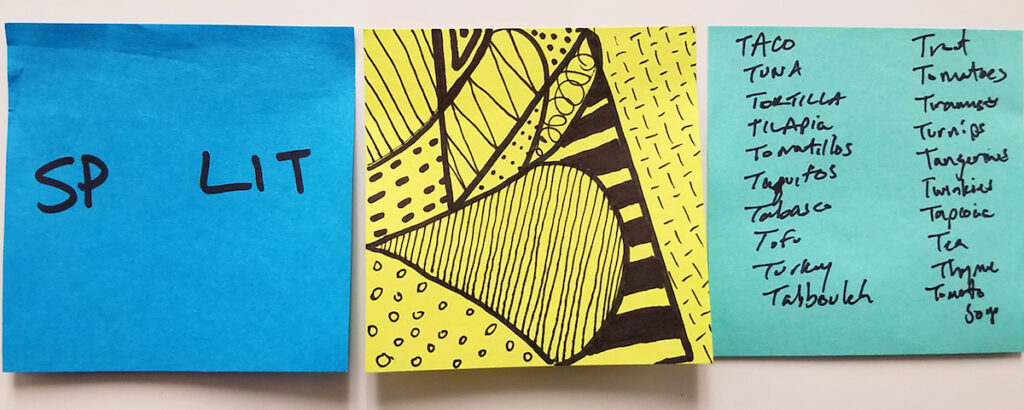
4. Be consistent.
Students will start to embrace the idea when they come to expect it. You know they’re on board when they start asking, “What’s the activity for today?” as they enter the room.
That said, it might not be smooth sailing from the beginning. My students struggled to adjust at first, the audacity of me asking them to do something that wasn’t for points nor directly tied to an art project. But over time, I saw them engaging in the activities like it was a game and challenging each other. I observed students cheering for the best idea and not the best drawing.
The Results
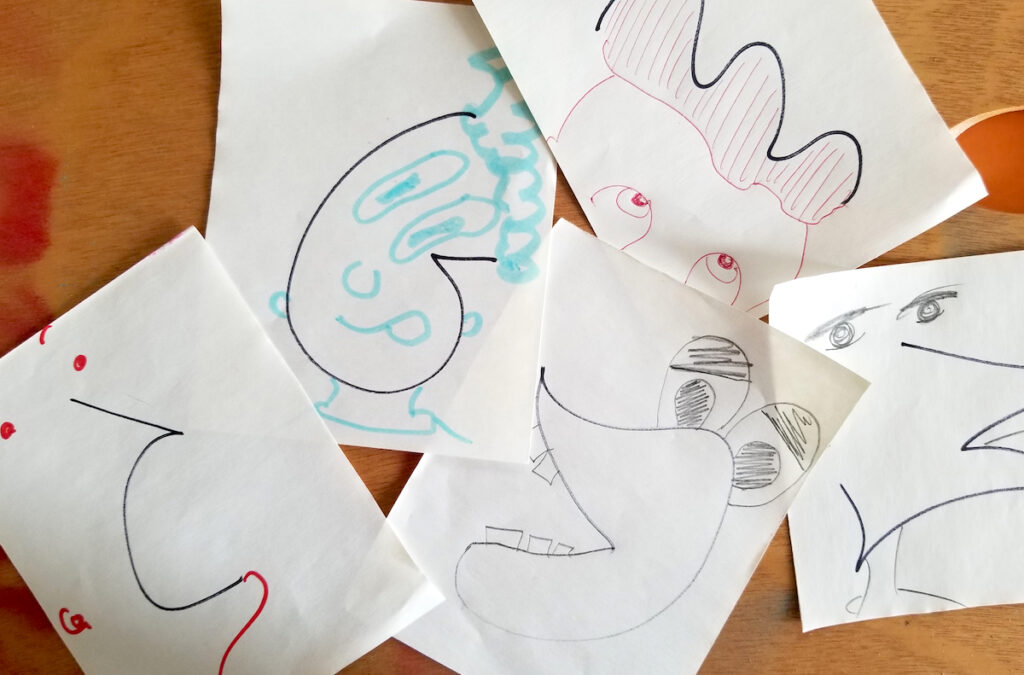
Soon, you’ll start to see your students accessing their creativity more easily. In my room, as we did more of this throughout the year, coming up with ideas for projects was more natural. I even saw students utilizing some of the games on their own as a way to develop ideas for their projects and prime their brains for creativity.
If you decide to try this in your classroom, you’ll soon see other benefits. For example, I used “Creative Wednesday” activities as substitute plans, for students who finished projects early, those “in-between project days,” and when we had an adjusted schedule and shortened periods. These were all more successful because the activity was relevant to the class overall and not just a random assignment. Trust me, high school students can sniff out a random assignment and they’ll call you on it.
If your students are struggling with originality and motivation, try instituting a creativity routine in your classroom! If you’re looking for even more ideas, check out the Creativity Exercises for Every Level PRO Learning Pack. You’ll walk away with specific strategies to develop your students’ higher-order thinking and problem-solving skills!
How can you help students engage in creative thinking more routinely?
What prompts or activities would be good for your students and classroom?
Magazine articles and podcasts are opinions of professional education contributors and do not necessarily represent the position of the Art of Education University (AOEU) or its academic offerings. Contributors use terms in the way they are most often talked about in the scope of their educational experiences.


